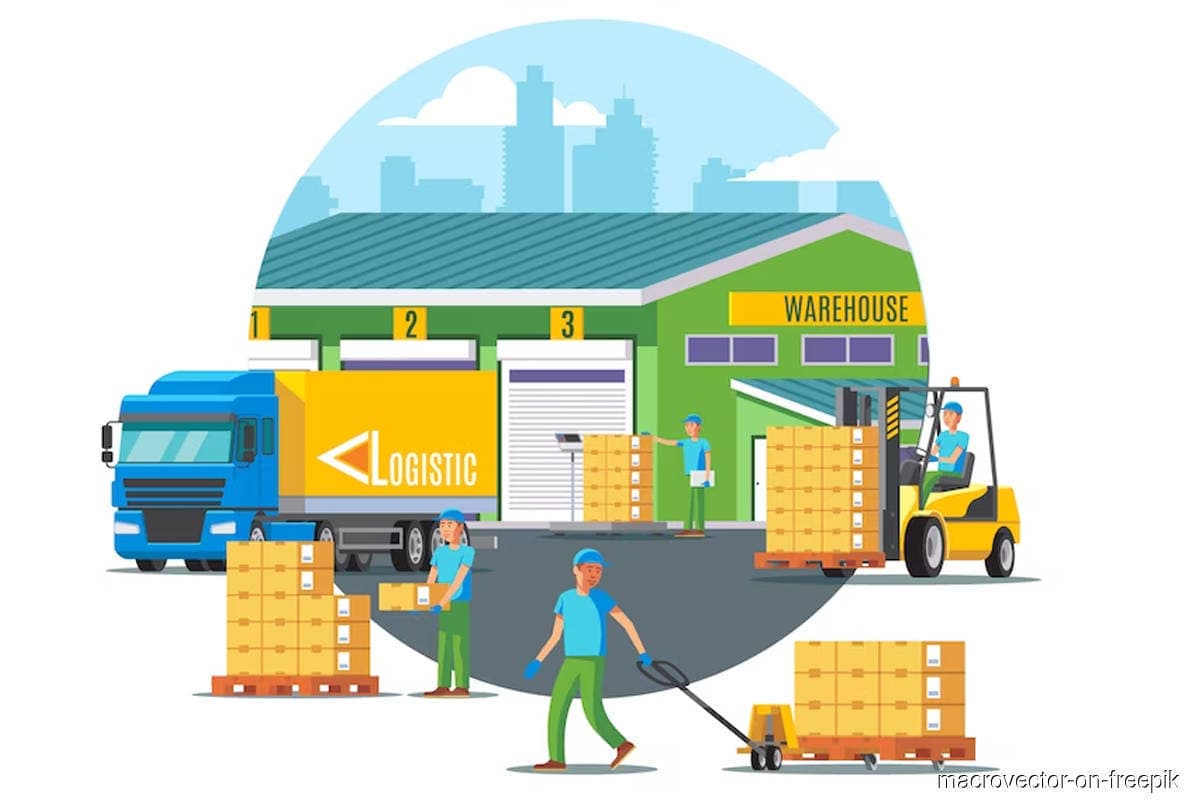
This article first appeared in Digital Edge, The Edge Malaysia Weekly on August 22, 2022 - August 28, 2022
Internet and mobile phone penetration have been used as metrics to gauge the development of digital economies and smart cities. I believe the same concept applies with logistics, where the extent of technology adoption in the industry will determine global supply chain resilience.
After all, logistics is core to a city’s infrastructure and goes hand in hand with the digitalisation of other core areas such as transportation, communications and intelligent infrastructure. To solve some of today’s greatest supply chain challenges, logistics operators and stakeholders in the ecosystem need to leverage partnerships to identify key opportunities for integration and digitalisation to develop and apply smart logistics solutions.
In smart logistics, data-driven intelligence introduces end-to-end visibility to improve the flow, control and management of goods across, and also within, borders. The application of smart logistics provides businesses with the opportunity to not only improve on delivery, transport and warehousing efficiency, but also to enable greater connectivity and options for customers across transportation modalities.
Why now?
At a time when the supply chain continues to experience increases in labour, energy and transport costs, all of which are driving inflation higher into the stratosphere, the logistics sector has an opportunity to take a leading role in partnering with key stakeholders — manufacturers, carriers/operators, procurement and others — to look at how we can collectively partner to reinforce the supply chain.
Not only is there a need for a resilient logistics value chain that is capable of alleviating external disruptions, but it would also be necessary to uplift the entire supply chain ecosystem collectively. After all, the complexity of logistics means that no single player holds all the cards in the entire ecosystem.
Supply chain and logistics success means empowering our partners, businesses, customers and other stakeholders in the supply chain ecosystem to do the same with the diverse range of resources we have. The logistics sector will be better empowered to succeed if it uses smarter logistics through the right technology investments and partnerships.
Tailoring smart solutions to customers’ need for swift delivery
Through partnerships, smart logistics enable players in the ecosystem to increase delivery efficiency. This may sound simple in theory, but the reality is that the scale and complexity of doing this are immense and immeasurably difficult for most logistics firms to implement.
Moreover, the ongoing supply chain bottleneck has made any optimisation more challenging than ever — at the end of last year, only 35% of container ships were on time, and there was 43% less capacity for cargo on passenger planes compared to 2019.
However, when successful, it is possible for smart logistics to accelerate delivery operations, enabling goods exported to see up to a 60% increase in delivery efficiency and speedy delivery in as fast as three days. Logistics players will then see cost savings and experience vast improvements in supply chain management and resilience.
Furthermore, autonomous delivery and self-service solutions are emerging as the latest innovations in the smart logistics arena. Across global communities, autonomous logistics robots are deployed to perform autonomous last-mile package deliveries. Not only is it reliable when delivering to large groups of people in the same district, it is also budget-friendly and efficient.
Secret sauce to smart logistics success — technology and partnerships
Because supply chain and cross-border logistics are so complex, digital solutions need to be deeply embedded in the entire ecosystem. Smart logistics cannot be applied in silo.
Logistics’ success is predicated on collaboration and interactions with local partners across the global network. By aggregating partners and resources globally, and establishing greater synergies and integrations using cutting-edge technologies such as artificial intelligence, machine learning, big data and automation — the industry is collectively arriving at the most optimal efficiencies together.
It is only by collaboration and partnership across thousands of logistics players and partners around the world that the industry can create a ripple effect across the entire ecosystem to enable smart logistics to achieve even more.
Logistics players who have succeeded with smart logistics should lead the transformation and share their knowledge with the rest of the ecosystem to safeguard operational efficiencies.
Flash Express, an e-commerce logistics company in Thailand with operations in Malaysia, is an example of a logistics company that leveraged industry-leading smart logistics expertise and technology to strengthen its capabilities. Kofax has worked with Flash Express to establish the largest smart warehouse in Southeast Asia. The facility improved its storage and warehouse pick-up efficiency, which led to an overall accuracy of 99% in sortation and parcel handling and enabled a safer and more productive work environment, with lower management costs.
While the feats and speed of the technologies in play are important, smart logistics cannot be limited to just one organisation. After all, supply chain and logistics ecosystems are only strong when every node is equally empowered.
Now, more than ever, we need a whole-of-industry effort to boost supply chain resilience. Even though smart logistics powered by new technologies bring new opportunities to address the plethora of challenges we face, it cannot happen in silo. Partnerships will continue to be key as the logistics sector inches ever closer to where it should be — the digital-first era.
Dr Ding Hongwei is general manager of Cainiao Technology, an Alibaba-led consortium that provides one-stop cross-border logistics services
Save by subscribing to us for your print and/or digital copy.
P/S: The Edge is also available on Apple's App Store and Android's Google Play.
